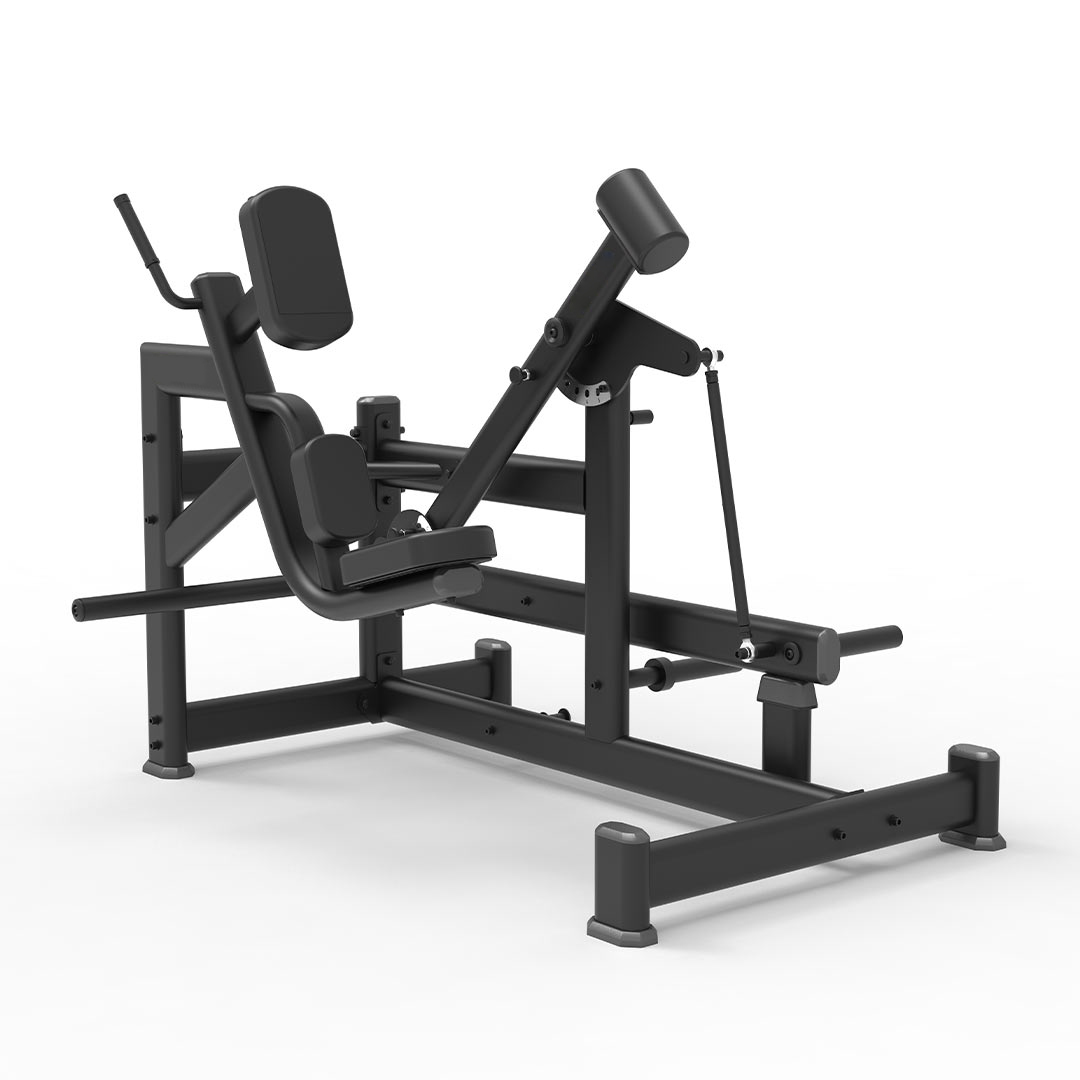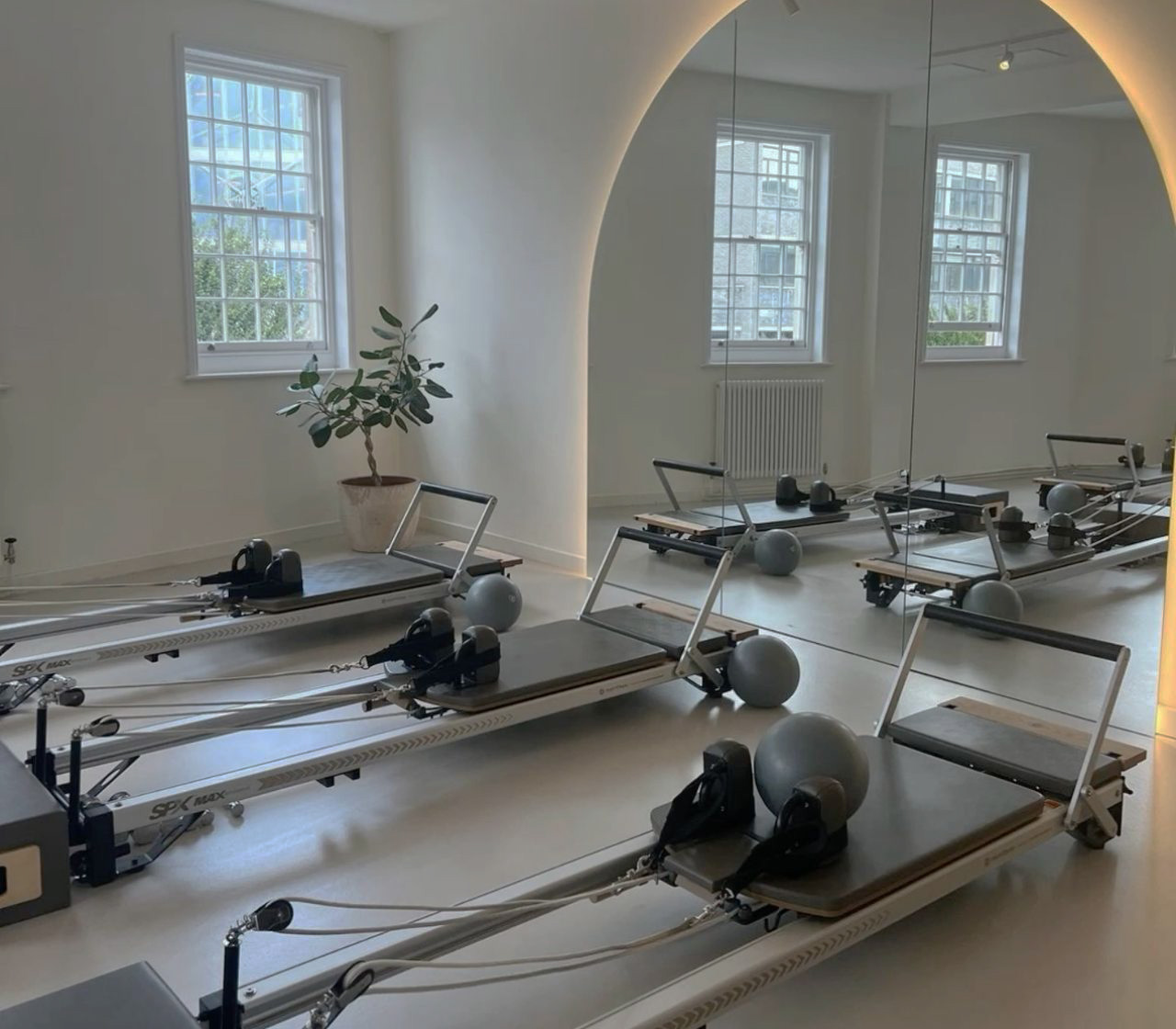The Glute Kickback Machine is one of the most targeted pieces of equipment for isolating and strengthening your glute muscles. If you’re wondering how to do glute kickbacks on machine correctly or even asking does glute kickback machine work, this article is your ultimate guide. Whether you're a beginner or a regular gym-goer, mastering proper form is key to achieving visible results and avoiding injury.

The glute kickback machine—sometimes called the Glute Kick Back Machine—is designed specifically to activate the gluteus maximus through a backward kicking motion. Unlike squats or deadlifts that also engage other muscle groups, this machine isolates the glutes, making it ideal for those focusing on booty-building or rehabilitation.
Some machines come with a kneeling pad and a footplate, while others utilize a standing or cable-based configuration. The resistance can be adjusted via a stack, plate load, or with bands depending on the model.
Using the glute kickback machine correctly ensures maximum activation of the glute muscles while minimizing stress on your joints or lower back.
Adjust the Machine
Set the kneeling pad (if applicable) and footplate to align with your height and range of motion. Select a manageable weight, especially if it's your first time.
Get into Position
Place your forearms on the support handles or pads. Position one leg on the footplate or under the ankle strap. Keep your back straight and core engaged.
Perform the Kickback
Drive the working leg backward in a slow, controlled motion. Focus on squeezing your glutes at the top of the movement. Avoid overextending your lower back.
Return with Control
Slowly bring your leg back to the starting position without letting the weight slam down. Repeat for 10–15 reps, then switch legs.
Yes, absolutely. If you’re asking does the glute kickback machine work, the answer is supported by science and real-world results. This machine provides isolated glute activation, which is essential for:
Building a rounder, firmer butt
Improving Hip Extension power
Correcting muscular imbalances
Supporting athletic performance and posture
Studies have shown that isolated glute movements, such as kickbacks, can activate the gluteus maximus more efficiently than compound exercises alone. As long as you maintain proper form and progressively increase resistance, the glute kickback machine can be a game-changer.
If your gym doesn’t have a dedicated glute kickback machine, don’t worry. You can still perform glute kickbacks using a cable machine with an ankle strap.
Attach the ankle strap to the low pulley and secure it around your ankle.
Face the machine with a slight bend at the hips and knees.
Kick your leg backward in a smooth motion while keeping your core engaged and upper body still.
Squeeze at the top, then return slowly. Repeat on both sides.
While it may not be as stable as the dedicated Glute Kick Back Machine, the cable variation still provides great activation and is a solid alternative.
Warm up your hips and glutes before using the machine to prevent injuries.
Use moderate resistance to begin with. Form matters more than weight.
Increase the range of motion gradually to avoid strains.
Train consistently: 2–3 sessions a week are ideal for results.
Hyperextending your lower back: This puts unnecessary pressure on your spine.
Using momentum instead of muscle control.
Too much weight: This shifts focus from the glutes to the lower back and hamstrings.
If your goal is to build a strong, toned backside, mastering the glute kickback machine is a must. Whether you use a dedicated glute kick back machine, a cable setup, or a variation with resistance bands, the exercise remains effective as long as you maintain correct form.
So the next time you walk into your gym, you’ll no longer have to wonder how to do glute kickbacks on machine or does the glute kickback machine work—because you’ve got the know-how to do it right.
